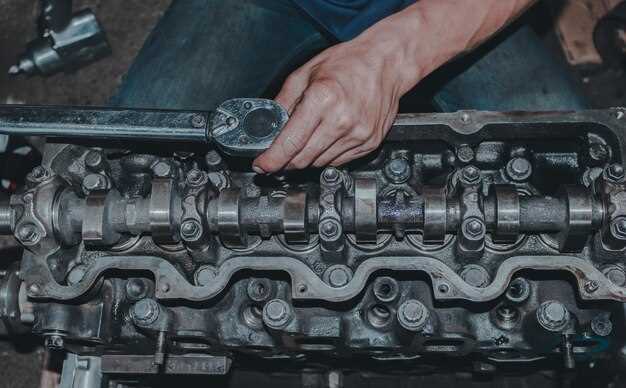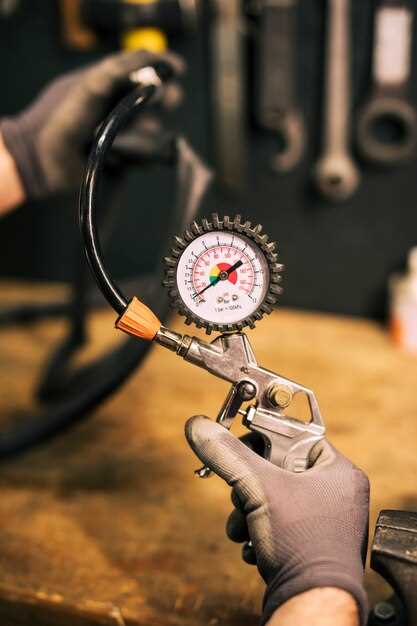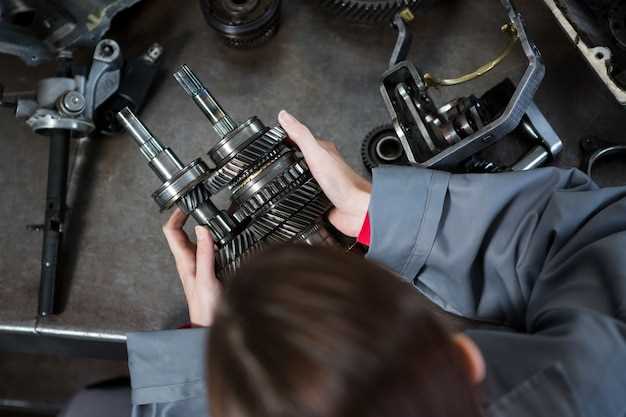
When it comes to maintaining the performance and longevity of air-cooled Porsches, understanding the intricacies of engine management is crucial. One of the key components that can dramatically influence engine performance is the valve timing. Proper valve adjustment ensures that the engine runs smoothly and efficiently, allowing the timing of each valve’s opening and closing to align perfectly with the engine’s cycle.
Performing regular valve adjustments on your air-cooled Porsche not only optimizes engine performance but also prevents potential issues that could lead to costly repairs. The relationship between valve function and engine timing is paramount; any misalignment can result in reduced power, increased emissions, and potentially severe engine damage over time. Thus, mastering this aspect of engine maintenance is essential for any Porsche enthusiast looking to keep their vehicle in peak condition.
In this guide, we will delve into the specifics of valve adjustment for air-cooled Porsches, providing detailed instructions and expert tips to ensure your engine runs like it should. Whether you’re a seasoned mechanic or a novice enthusiast, understanding the valve adjustment process will empower you to enhance your vehicle’s performance while appreciating the engineering behind these iconic machines.
Understanding Valve Lash Specifications for Your Model

Valve lash, often referred to as valve clearance, is a critical measurement that impacts the performance of your air-cooled Porsche engine. Understanding the correct specifications for your model is essential for maintaining optimal timing and engine function.
Each Porsche model has specific valve lash settings dictated by its design and engineering. These specifications can vary based on the engine type, whether it’s a flat-four or flat-six. Here’s a breakdown of key aspects to consider when assessing valve lash for your model:
- Model Specifications: Refer to the factory service manual for the precise lash measurements. Common settings for vintage models typically range between 0.1 mm to 0.15 mm.
- Engine Warm-Up: It is advisable to measure valve lash when the engine is at operating temperature. Metal expands when heated, which can affect clearance measurements.
- Lash Adjustments: Regularly check and adjust the valve lash as part of your engine maintenance routine. This helps prevent issues such as excessive wear, which can lead to costly repairs.
- Timing Correlation: Proper valve lash ensures that intake and exhaust timing is accurate, contributing to overall engine performance and efficiency.
Adhering to the correct valve lash specifications enhances engine responsiveness and longevity. Regular checks can prevent potential interference between the engine’s valve train components and the combustion cycle, which is essential for maintaining peak performance.
Always keep track of any adjustments made during regular maintenance; this documentation can assist in troubleshooting future engine issues.
Step-by-Step Procedure for Accurately Adjusting Valve Clearance

Adjusting the valve clearance, or lash, in an air-cooled Porsche engine is critical for optimal performance. A precise adjustment ensures that the valves open and close at the right times, facilitating proper combustion and improving engine efficiency. Follow this step-by-step guide for accurate valve clearance adjustments.
1. Preparation: Begin by gathering the necessary tools, including a feeler gauge, a wrench for disrupting the rocker arms, and a torque wrench. Ensure the engine is at operating temperature, as expansion will provide the most accurate measurements.
2. Engine Positioning: Rotate the engine to the TDC (Top Dead Center) position of the first cylinder on its compression stroke. This can be done by aligning the timing mark on the flywheel or crankshaft pulley with the reference mark on the case.
3. Accessing the Valves: Remove any necessary covers or engine components to access the valve train. Ensure you have clear visibility and ample workspace around the rocker arms.
4. Measuring Valve Clearance: Using your feeler gauge, measure the clearance between the rocker arm and the valve stem. Insert the gauge until it fits snugly but not too tightly, which indicates the current lash. Take note of this measurement.
5. Adjusting the Clearance: If the measured clearance is outside the specified range, use a wrench to loosen the nut on the rocker arm. Adjust the screw to achieve the desired lash. Ensure to tighten the nut after the adjustment is made, maintaining the new setting.
6. Repeat for Each Cylinder: Rotate the engine and repeat the measuring and adjusting process for each cylinder in the firing order. Always return to TDC on the compression stroke for the cylinder you are adjusting.
7. Final Checks: Once all valves are adjusted, turn the engine over by hand a few times to ensure there are no binding issues. Recheck the clearance with the feeler gauge to confirm all adjustments are accurate.
8. Reassembly: After verifying that all clearances are correct, reassemble any components that were removed. Ensure all fasteners are torqued to specifications to avoid issues during engine operation.
9. Testing: Start the engine and listen for any unusual sounds. A well-adjusted valve clearance should result in smooth engine operation. If any abnormal noises are heard, recheck the lash on the affected valves.
Following this procedure methodically will help ensure that your air-cooled Porsche engine runs smoothly and efficiently, maximizing both power and longevity.
How Engine Timing Interacts with Valve Adjustments
Engine timing plays a crucial role in the overall performance and efficiency of air-cooled Porsches. The synchronization between the engine’s timing and valve adjustments is essential for optimal combustion and power delivery. When the timing is off, even the most precise valve lash settings can lead to a range of performance issues.
The lash, or the gap between the valve and rocker arm, directly affects how well the valves open and close in relation to the engine’s crankshaft position. If the timing is not properly aligned, valves may open too early or close too late, disrupting the intended airflow into and out of the combustion chamber. This misalignment can result in a loss of power, decreased fuel efficiency, and increased emissions.
It’s essential to regularly verify the engine timing when performing valve adjustments. If the engine timing is faulty, adjustments made to the valve lash may not yield the desired improvements. Ensuring that the timing and valve settings are harmonized allows for optimal engine performance. A well-timed engine can benefit from correctly adjusted valves, leading to improved throttle response and overall drivability.
In conclusion, the interaction between engine timing and valve adjustments is vital for maintaining the performance of air-cooled Porsches. Regular checks and adjustments of both parameters will ensure that the vehicle runs smoothly and efficiently.
 Skip to content
Skip to content





